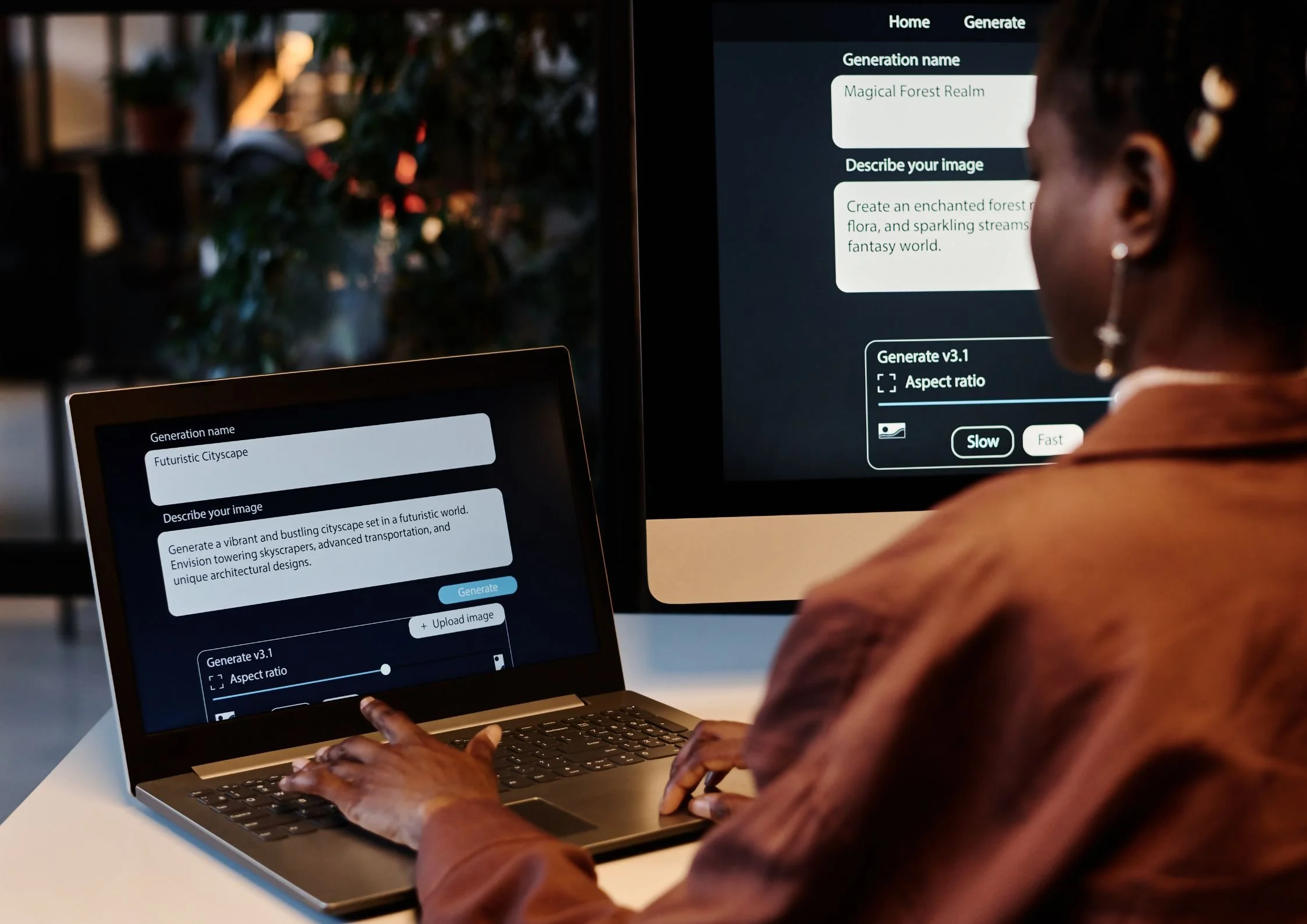Duolingo, Kahoot!, and Chegg top TIME’s EdTech list as sector shows strength despite global uncertainty
TIME and Statista have published their 2025 list of the World’s Top EdTech Companies, spotlighting 350 education technology providers across a wide range of products, services, and regions.
The list, now in its second year, ranks companies based on a combination of financial performance and industry impact, giving insight into which organizations are shaping the education sector at scale.
The top 10 features a mix of established names in test prep, language learning, and classroom platforms, with a noticeable skew toward consumer-facing apps and venture-backed growth players. The methodology includes financial metrics weighted at 70 percent and impact factors at 30 percent, including web traffic, product reach, and intellectual property holdings.
Duolingo leads the list, with familiar names close behind
Topping the list is Duolingo, the Pittsburgh-based language learning app that has consistently ranked as one of the most downloaded education tools globally. Its inclusion at number one reflects both financial strength, as a publicly traded company with strong revenue growth, and high user engagement across its free and paid tiers.
Also in the top five are BYJU’S, the India-based education conglomerate known for aggressive expansion and funding rounds, and Kahoot!, the Norwegian quiz platform widely adopted in K-12 settings.
Chegg, long known for textbook rentals and more recently for digital subscriptions and AI-integrated support, also appears in the top 10, despite a 24 percent revenue drop and its ongoing lawsuit against Google over the impact of AI on its online learning business. Its inclusion suggests that platform scale and historical market presence outweighed recent financial headwinds in this year’s rankings.
Course Hero, which owns platforms including Scribbr and CliffsNotes, makes the cut as well, further cementing the value of academic support services in the postsecondary market.
Enterprise platforms edge into the top tier
While most top-ranking companies focus on consumer or classroom-facing solutions, several enterprise learning providers have broken into the top 20. These include Degreed, Go1, and Coursera. These platforms serve both institutional and corporate clients and have grown through a mix of strategic partnerships and international expansion.
Their inclusion reflects a broader shift in EdTech. Workforce development and upskilling are gaining equal weight alongside traditional K-12 and higher education offerings.
A closer look at the top 50
The top 50 list reveals several clear trends:
Language learning, assessment, and tutoring continue to dominate. Duolingo, Babbel, Cambly, and Memrise all rank highly, showing sustained consumer interest in portable, credentialed learning.
AI integration is no longer a differentiator, it is a baseline. Many of the top 50 companies are embedding AI into content delivery, test preparation, and personalized pathways. Quizlet, for example, continues to push AI-driven study tools.
India and the U.S. remain dominant markets, but there is growing representation from companies based in Europe, the Middle East, and Southeast Asia.
Direct-to-learner platforms outperform B2B SaaS models in top-tier placements. Companies that serve schools and institutions still appear, but often lower in the rankings. This may be due to slower growth cycles and more complex procurement processes.
Who’s missing and what the rankings don’t show
TIME and Statista openly state that the list is not exhaustive and that companies had to qualify based on available data and performance metrics. Still, some well-regarded organizations, especially smaller nonprofits, bootstrapped platforms, or regionally focused startups, are noticeably absent. The application process and data submission requirements may filter out companies that lack resources to engage in the rankings process.
The emphasis on financial metrics, including revenue and funding, tilts the list toward highly capitalized players. This risks underrepresenting impact-driven organizations or public-sector innovations that may not post large revenues but play a critical role in access and equity.
Market signals for the year ahead
The 2025 list confirms what many in the sector already suspect. The EdTech market is not only consolidating around a handful of globally recognized brands, but proving resilient in a climate of rising uncertainty. As geopolitical tensions, trade tariffs, and macroeconomic shifts affect other industries, EdTech continues to show sustained demand across consumer, institutional, and workforce sectors.
These rankings suggest a sector that is both maturing and diversifying. Scalable platforms, AI integration, and international user bases offer insulation against localized volatility. While education funding and procurement cycles may be under pressure in some regions, the global appetite for lifelong, digital learning continues to grow.
For those watching the sector closely, the TIME list offers useful visibility. However, it should be read alongside broader assessments of social, pedagogical, and regional impact. Rankings like this give a snapshot of who is winning on paper, but not always who is changing lives in the classroom.
Read the full list here.
























Commodo cursus magna, vel scelerisque nisl consectetur et. Donec id elit non mi porta gravida at eget metus.